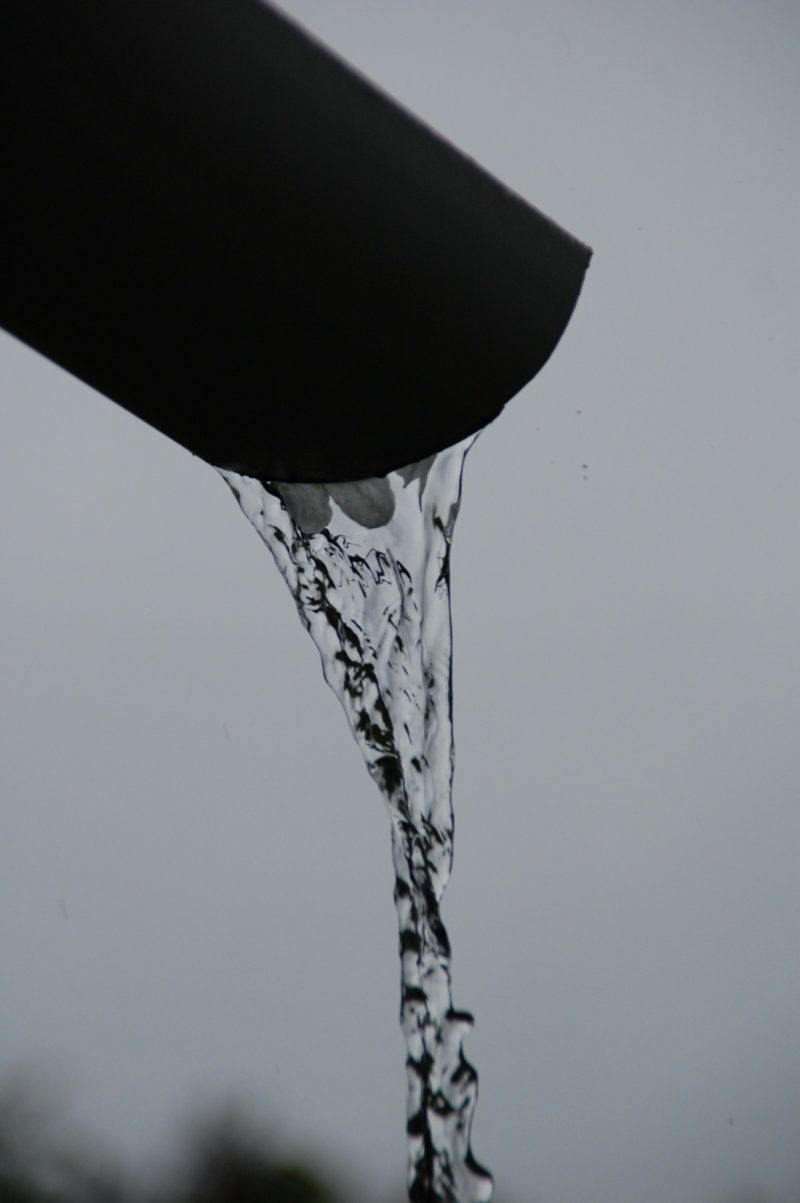Are you curious about what does a water heater anode rod do, you might wonder? An anode rod’s job is to attract sediment and corrosive substances such as minerals in the water to erode the anode rod instead of inside your hot water system tank.
An anode rod protects your water heater against corrosive substances that might harm it. A variety of things influences your water heater’s corrosion. Water heaters are notoriously prone to corrosion and rust, so an anode rod is essential.
The anode rod or sacrificial rod is a metal rod found down the middle of your tank and is often constructed of magnesium, aluminum, or an aluminum/zinc alloy. This is one of your water heater’s most essential components. An anode rod is generally composed of this type of material to lessen the chances of your water heater corroding. To explain it briefly, it draws sediments and harmful substances such as minerals in the water to the anode rod instead of the interior of your hot water system tank. An anode rod protects your heater from dangerous substances that might harm it. Let me explain it further.
Can Anode Rod Be Replaced?
Although an anode rod serves an important function and maintains your heater, it will eventually wear out. Due to the apparent mineral composition of the water, it is necessary to change your anode rod more frequently than in other regions of the country. Make sure to have yours updated regularly to ensure your water heater is functioning smoothly. We recommend having your anode rod examined once or twice a year. It is genuinely unique what does a water heater anode rod do.
Water heaters use over 20% of home energy on average, but when they break down, they may have to operate extra hard to provide the same quantity of hot water. It can result in a rise in your energy prices, significantly influencing your household spending. It’s also critical to have your anode rode examined regularly to minimize more damage and costly repairs that may have been avoided with appropriate care, upkeep, and restoration.
What Water Heater Anode Rod Do? Things You Must Do!
The most common concern with an anode rod in a water heater is corrosion. However, if the rod is rusting and decaying, it indicates that it will do its function. That’s why this is the most prevalent issue. If the rod’s core steel wire is exposed, it’s probably time to replace it. Oxidation of anode rods begins at or bottom of the rod and progresses to the core. It’s time to replace it if there’s more than inches wide of degradation.
#1. Deactivate the water heater
Be sure the electricity and water are turned off whenever you do anything with it. You can switch off the breaker or the regulator on a gas-powered water heater. Use the switch on the cold-water storage line to turn off the water. The water from the meter can also be turned off. Water meters usually are found outside your home and are covered with a gray or brown lid. Safety is what we prioritize in doing this kind of job.
#2. Drain the water from the hot water tank
A drainage valve is just on the bottom of the water heater’s tank. Attach this outlet to a garden house and stretch it outdoors or nearby the drainage. Approximately 10% of the water in the tank should be drained. You may need to drain more water if your anode rod is on the edge of your tank. Ensure the drain and the hot water valve are open for this to work. Many folks choose to empty the entire tank.
#3. Locate and disassemble the anode rod
As previously stated, the water heater anode rod is located towards the top of your water heater. See your water heater’s owner’s handbook if you’re having difficulties finding it. You may also search up your water heater model on the internet and view its schematic. Using a boxed end wrench or socket, remove the anode rod from the water heater. Tightening the anode rod before loosening it can aid in breaking it accessible and making the removal procedure go more smoothly.
No penetrating fluids should be used since they can get into your water heater and taint it. Pay attention to what occurs when you try to take the anode rod out of the water heater to determine if it’s still in excellent shape. Suppose it’s too huge to be taken out of the water heater. It will be possible to remove it from the water heater if it has rusted away. I guess it’s helpful to read about 3 types of water heater anode rod issues.
#4. Purchase and install the new rod
Purchase a new anode rod from your local hardware shop. Because aluminum creates a more significant current than magnesium, buying an aluminum rod instead of a magnesium rod might extend the life of your heater. Insert the rod and crank it clockwise until it can no longer be twisted by hand. Then use a wrench to tighten it even further. While doing this, make sure the water heater doesn’t spin or turn.
It’s A Wrap
You now have the idea of what does a water heater anode rod does. The typical water heater’s unsung hero is the anode rod. And keeping an eye on your anode rod and replacing it immediately when it breaks is essential for safeguarding your tank and sustaining the life and functionality of your water heater. Don’t hesitate to know these things too; read about how to light a gas hot water heater and what is water heater energy factor.

